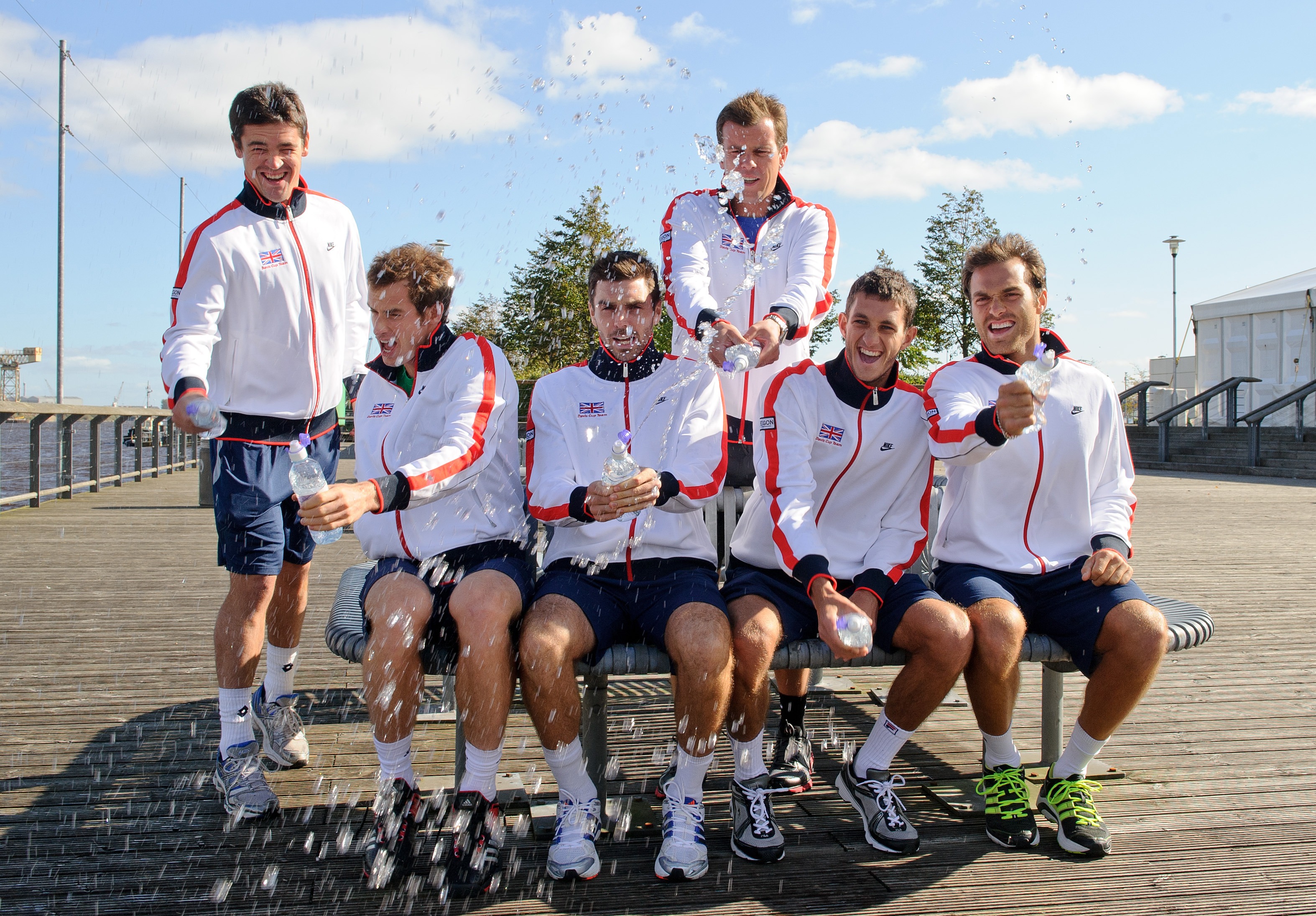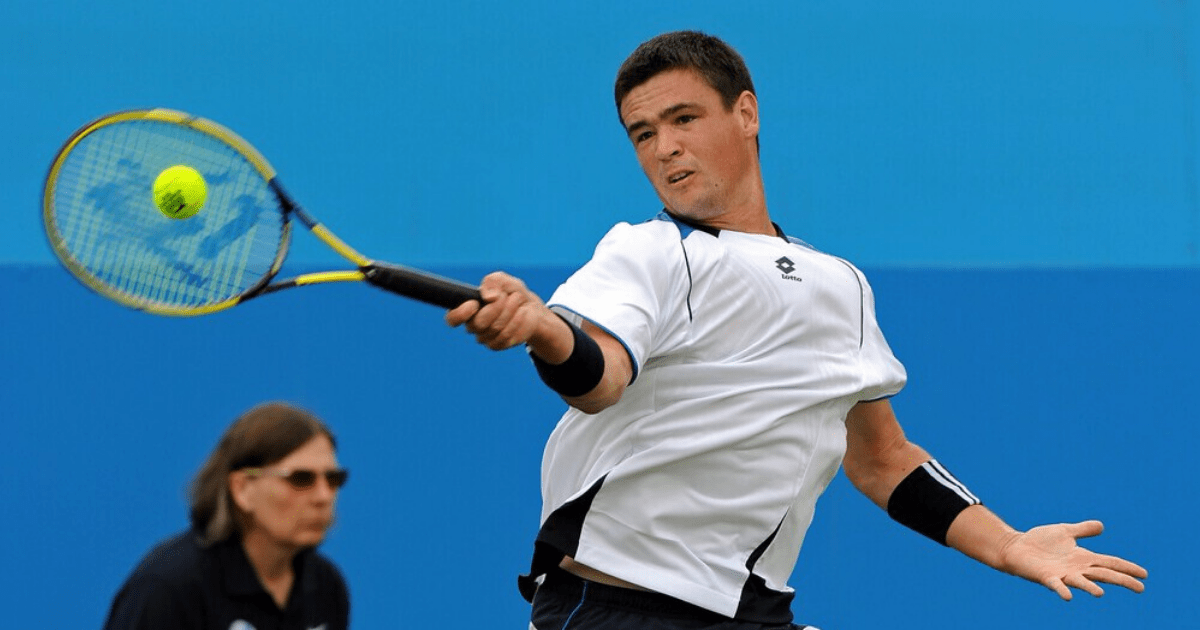From Tennis Courts to Boardrooms
Former British tennis player Jamie Baker, who spent his career battling Andy Murray for the top spot, retired from tennis at the age of 26 and transitioned to a completely different career path.
A Successful Tennis Career
Despite retiring early, Baker enjoyed a successful tennis career and was once ranked as British No.2, with Andy Murray ahead of him in 2008. He represented Great Britain at the Davis Cup, won multiple singles and doubles titles, and even trained with former world No.1 Pete Sampras.
Transition to Banking
After hanging up his racket, Baker delved into the world of banking. He worked at Santander, starting as a Relationship Manager and eventually becoming the Head of Local Authorities before leaving the company in 2017.
Continued Involvement in Tennis
Although he left professional tennis, Baker stayed connected to the sport. He worked as a pundit for BBC and Eurosport, volunteered for tennis associations, and currently holds the position of Head of Professional Tennis and Tournament Director at Wimbledon.

Family Ties to Sports
Baker comes from a sports-oriented family, with his brother Steven playing Squash for Scotland. Despite never surpassing the first round at Wimbledon, Baker's dedication to tennis shines through his continued involvement in the sport.
Frequently Asked Questions
How has tennis equipment evolved over the years?
Tennis equipment has evolved significantly since the beginning of the sport. The original rackets used animal intestines for the string. Over the years, technology has introduced new materials like graphite, titanium, and carbon fiber, making rackets lighter and more powerful. The balls themselves have changed as well, from being hand-sewn into manufactured rubber pressurized balls which provide consistent bounce. This evolution has made it possible to play a dynamic, athletic game.
What are the benefits of grass courts at Wimbledon Wimbledon?
Wimbledon grass courts hold a unique place in tennis as they are the only Grand Slams still played on the traditional surface. Grass is a low-bouncing surface that allows for a quick game. It tests players in incredibly unique ways. Wimbledon, also known as The Championships Wimbledon, was established in 1877. The event has been renowned for its tradition, history, strict dress code, and rich history. Wimbledon’s lawns are often considered the pinnacle for tennis players.
What role did tennis icons play in popularizing tennis?
Tennis icons play a key role in the popularization of the sport around world. Throughout its history, charismatic and skilled players like Billie Jean King, Rod Laver, Bjorn Borg, Martina Navratilova, Pete Sampras, Serena Williams, and Roger Federer have captured the public’s imagination. Their achievements on the court and personalities off it have not only drawn fans to the game but also inspired younger generations of players to take up this sport. Their legacies go beyond their titles. They shape the culture of tennis and its marketplace.
What are the historical roots of tennis?
Tennis has its origins in the 12th century France. Monks used their hands to hit a ball called jeu de paume, which was played on courtyards of monasteries. As time passed, rackets appeared and the game evolved to what we know today as tennis. In the 16thcentury, European nobility began to play the game. Tennis has seen many changes over the years, such as the introduction of lawn-tennis in the nineteenth century and the standardization of rules.
What has been the impact of the tennis scoring system on its unique character?
The scoring system in tennis is distinct and contributes to the sport’s character. Sets and games are used to divide matches. Players must win at least six games by two margins to be able to claim a match. The scoring within games proceeds from love (zero) to fifteen, thirty, and forty, before winning the game. If the players are tied at forty, they have to win by two points. This system creates a thrilling element of unpredictability and tension, often leading to dramatic shifts in momentum.
Statistics
- Major Walter Clopton Wingfield is often credited with pioneering the rules of modern tennis in 1873, and his version of the game was patented under the name “Sphairistikè.”
- Lawn tennis, which evolved into the game we know today, adapted its point system from the jeu de paume, with theories suggesting its increments represent the face of a clock.
- Since the Open Era began in 1968, allowing professional players to compete in the Grand Slams, the United States has produced the most Grand Slam singles titles across men’s and women’s competition.
- Graphite became a popular material for tennis racquets in the 1980s, with over 90% of professional players now using graphite or graphite composite racquets.
- The four Grand Slam tournaments collectively attract over 3.5 million spectators in person, highlighting tennis’s enduring appeal.
External Links
worldtennismagazine.com
tennisfame.com
tennis.com.au
wimbledon.com
atptour.com
How To
How to develop a strategy for Grass Court Tennis Play
The fast-moving, low-bouncing surface of grass courts requires a special strategy. Emphasize serve-and-volley techniques to take advantage of quick points. Create a potent serving technique that is accurate and varied to throw off your opponent. Construct aggressive points and move towards the net when possible to apply pressure. Improve your footwork in order to gain more traction on the slippery surface. By customizing your game for grass court surfaces, you can maximize the chances of your success.

